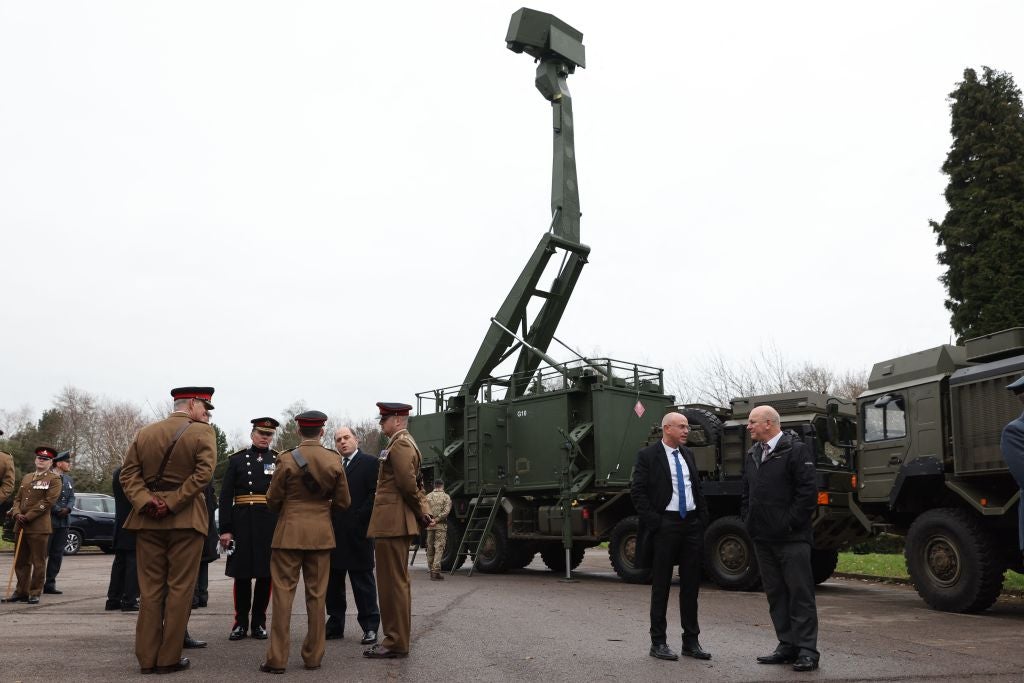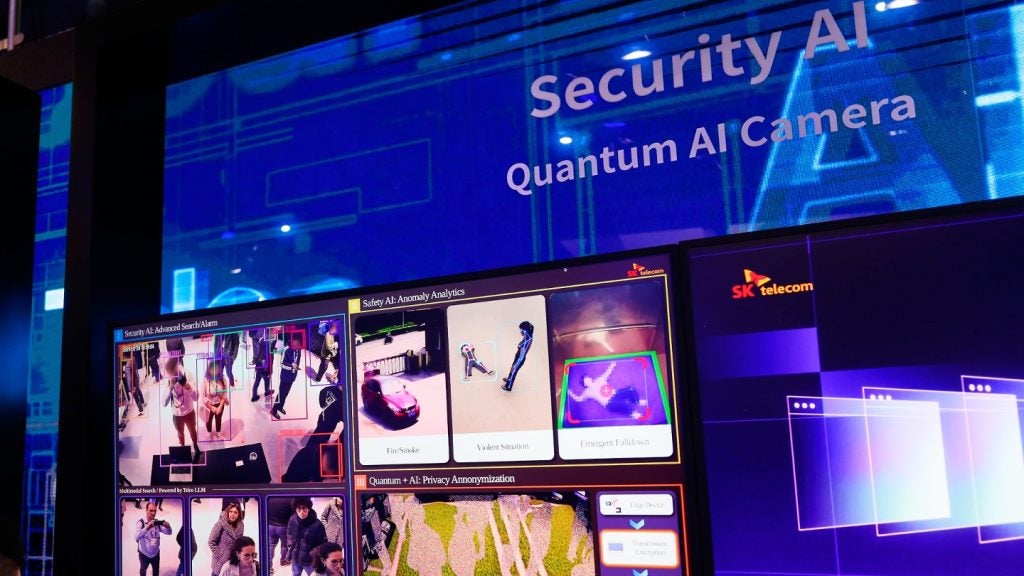
Military trucks are designed to carry personnel, equipment and supplies to support operations. Operating in challenging and dangerous environments requires integrating advanced capabilities and technologies into vehicles. Rheinmetall and Oshkosh tells Norbert Neumann about their most advanced truck systems.
Military trucks come in different sizes and with diverse capabilities. They range from adapted commercial trucks to purpose-built heavy tactical vehicles tailored for a wide range of applications.
While their purpose may sound basic, two of the biggest manufacturers, Oshkosh Defense and Rheinmetall, demonstrate just what goes into making military trucks protected, effective and agile.
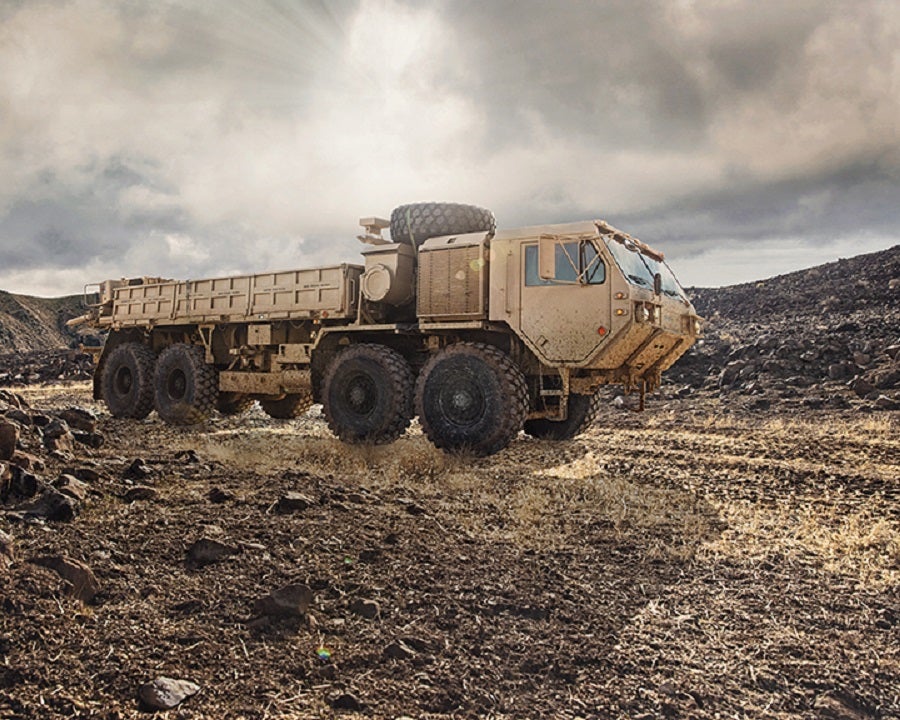
Oshkosh Defense trucks
The US Army released its draft requirements for the Common Tactical truck (CTT) – formerly Next-gen Future Truck – last year. The army suggested in a recent industry notice that the initial production contract of CTT may be worth $5.1bn and cover 7,000 to 10,000 vehicles.
How well do you really know your competitors?
Access the most comprehensive Company Profiles on the market, powered by GlobalData. Save hours of research. Gain competitive edge.

Thank you!
Your download email will arrive shortly
Not ready to buy yet? Download a free sample
We are confident about the unique quality of our Company Profiles. However, we want you to make the most beneficial decision for your business, so we offer a free sample that you can download by submitting the below form
By GlobalDataThe programme will likely open with a multi-phased prototyping effort and five deals to be awarded. Each bidding manufacturer will be required to deliver three test vehicles.
See Also:
Global Defence Technology understands that US-based Oshkosh Defense will compete in the CTT bid and is making continuous upgrades to its FHTV fleet to meet current demands.
Oshkosh has been producing heavy-payload vehicles for the US Army for over 45 years, with the first heavy equipment transport (HET) M911 delivered in 1976. The company’s approach is to keep customer needs at the forefront and involve them in the development processes. Every vehicle is specifically designed not only to meet military requirements and harsh combat environments but to satisfy customer requirements too.
Oshkosh Defense vice president and general manager for US Army and US Marine Corps programmes Pat Williams says: “We leverage our extensive experience to take those [customer] requirements and develop tailored solutions that accommodate a broad range of mission packages. This offers our customers the flexibility to employ our vehicles in support of multi-domain operations as the battlefield continues to evolve.”
The HET M911’s place is now occupied by the upgraded A1 variant and its 700hp Caterpillar C18 engine and single-speed transfer case.
But the US Army’s heavy tactical fleet has been relying on the Oshkosh Heavy Expanded Mobility Tactical Truck (HEMTT) since 1981. The 8×8 comes in eight variants, including cargo, refueler, load handling and guided-missile transporter, with nearly 39,000 trucks built and fielded.
The versatile nature and many variants of the trucks clearly make them attractive, but the success of the vehicles, Williams says, lies in the design.
“The family of heavy tactical vehicles’ flexible architecture also allows it to accommodate technological capabilities such as autonomy, onboard power, condition-based maintenance, and advanced driver assistance systems at a minimal cost to the customer,” he adds.
The company is also working to develop alternative fuel sources to reduce its carbon footprint and is willing to take on the challenges of hybridising heavy vehicles.
Williams says: “For many years, we’ve been developing, testing, and evolving hybrid-electric variants of our tactical wheeled vehicles. For example, our ProPulse Hybrid Diesel-Electric System has been proven effective on both the HEMTT A3 and Medium Tactical Vehicle Replacement, dramatically improving fuel economy and serving as an on-board generator with enough output to power an entire airfield or hospital.”
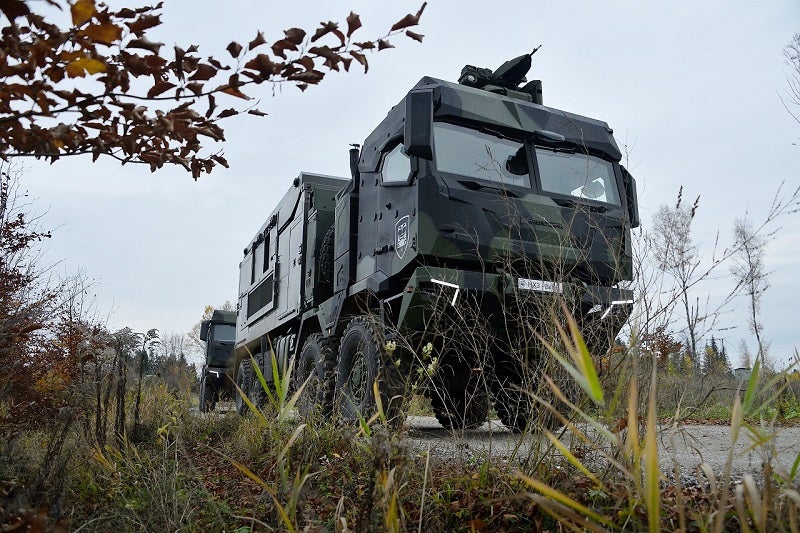
Rheinmetall’s HX range
German manufacturer Rheinmetall is another prominent provider of military truck systems. Recently, the company delivered three of its 44m 8×8 heavy recovery vehicles (HRV) from its HX pure military truck system range to the New Zealand Defence Force (NZDF).
The series is part of the Rheinmetall MAN military vehicles (RMMV) family and has won contracts across the world, including in Australia, Denmark, Norway and Sweden.
The contract comes in support of the 200 HX RMMV vehicles NZDF purchased in 2013 for NZD113m ($76.3m). The new HX 44m trucks will not only complement the existing RMMV fleet but will also support other ground roles for the New Zealand Army.
The HX 44M is the second-generation HX model and represents a significant technological leap from the first-generation models delivered in 2013 and 2014, which are also used by the UK Armed Forces. The new HRV has enhanced recovery and mobility capabilities specifically developed to meet NZDF requirements.
Rheinmetall New Zealand manager Marty Roelofs says: “Key enhancements include a 1,500mm fording depth and a dedicated self-recovery winch/drive system, which enables both winching power and traction from the driving force to self-recover vehicle.
“Continuing development of these Rheinmetall MAN platforms, and the close working relationship between the NZDF and Rheinmetall allow for the HX44M HRV to maintain up to date technology required to suit the end user’s needs.
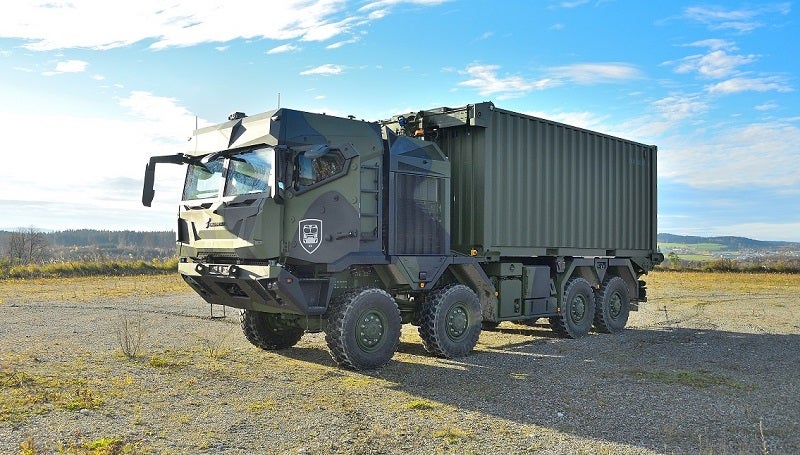
“Rheinmetall maintains embedded staff within NZDF to provide technical advice and support across all of its products. Our Military Vehicle Centre of Excellence in Brisbane also provides significant engineering and design support for Rheinmetall vehicles if required.”
The New Zealand HX 8X8 has a 440 hp D2066 Euro 5 engine and a ZF Ecolife seven-speed automatic transmission that allow the trucks to reach 90km/h. The 2.55m wide truck can climb slopes of up to 60% scale gradients and cross trenches of 1.4m in width and 1.5m in depth.
The HRVs are the first trucks to use a so-called integrated armoured swap cabin that allows easy configuration of the vehicles to suit different operational needs.
Roelofs says: “This is a new capability which allows vehicles that have an unarmoured cab for training or low threat environment to be easily up-armoured with a fully-equipped and prepared armoured cab.”
According to a Rheinmetall video, the swap can be done in less than 10 hours by two people. The company will also provide a dedicated training team to conduct initial training on the vehicle with the NZDF.
Rheinmetall is planning to start producing the third generation of HX vehicles (HX3) next year. The new trucks will be equipped with assistance systems that are designed to increase the safety of both personnel and civilians. Future capabilities include improved situational awareness and an advanced driving assistance system that reduces driver fatigue and stress over the whole course of driving and intervene in a moment of inattention.



